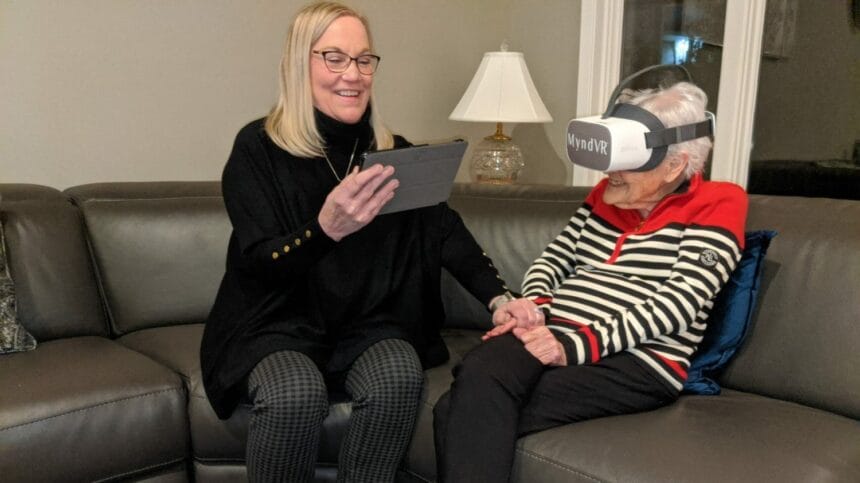
Virtual oversight can help clinical staff in nursing homes provide better care to residents and reduce avoidable hospitalizations, according to a new qualitative study of novel nurse-driven virtual care models.
The Regenstrief Institute researchers interviewed eight nurses who piloted the virtual care model, OPTIMISTIC, for their qualitative study. OPTIMISTIC stands for Optimizing Patient Transfers, Impacting Medical quality and Improving Symptoms: Transforming Institutional Care and is one of the novel models tested by CMS to improve communication and care between nursing homes and acute-care institutions for early detection of problems to avoid hospitalizations.
The study found that the OPTIMISTIC program reduced potential avoidable hospitalizations by 33% overall and overall hospitalizations of nursing home residents by 20%.
The project began pre-pandemic, but researchers were able to conduct targeted assessments of their model in the early days of COVID-19.
“We want to create supportive tools and services that layer in with existing nursing workflow and are something that they can pick up and run in a facility to improve resident care,” said study co-author Kathleen T. Unroe, MD, of the Regenstrief Institute and Indiana University School of Medicine. “It’s not a supportive service if you’re taking up more time.”
The study noted that, while estimates vary, as much as 67% of hospitalizations of nursing homes residents are avoidable. States spend between $47 million and $224 million each year on avoidable hospitalizations, but many interventions are “time-intensive and require dedicated clinical staff, when nursing homes are chronically understaffed,” the study authors noted.
.“We are always thinking about all the work clinical staff does in the nursing homes,” Unroe said. “They’re working in a system that doesn’t always support good care processes. What can be done by someone not physically in the building?”
The study noted that trust and a communicative relationship must exist between the virtual providers and clinicians inside facilities for the program to be successful.
“Perceptions of Nurses Delivering Nursing Home Virtual Care Support: A Qualitative Pilot Study” was published in Gerontology and Geriatric Medicine.


